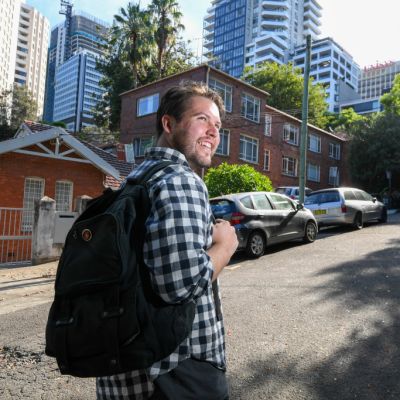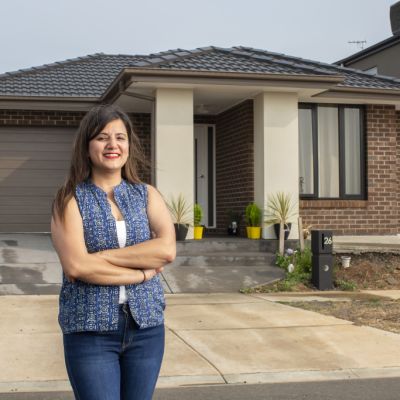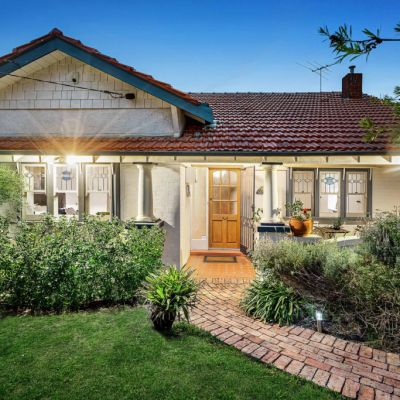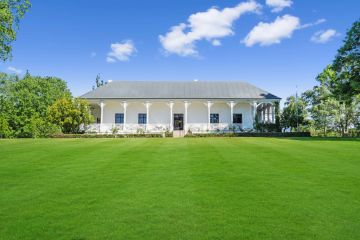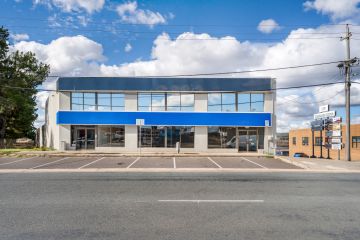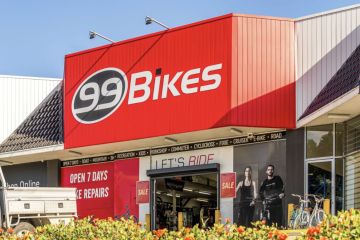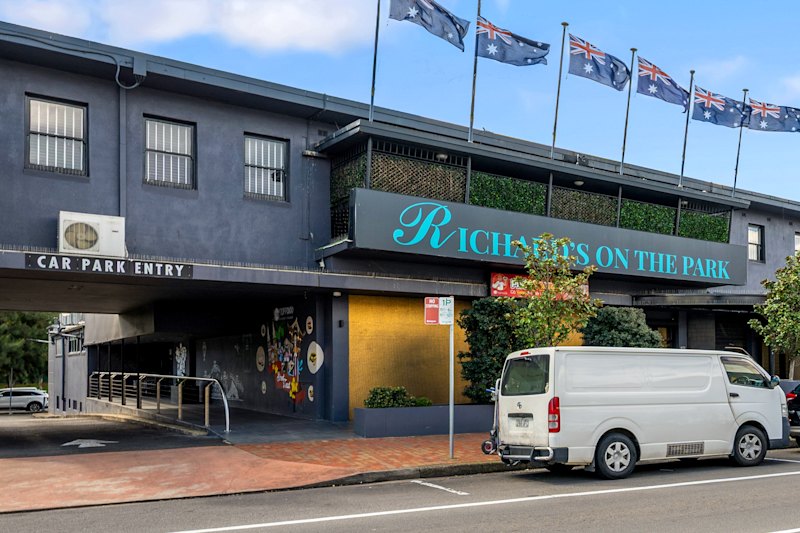The states where first-home buyers are most active revealed in new report
The number of first-home buyers increased in almost every state and territory in Australia last year despite a deterioration of housing affordability, according to a new report.
Nationally, housing affordability declined by 2 per cent in the last quarter of 2019, requiring 34.7 per cent of income to meet loan repayments, the latest Real Estate Institute of Australia Housing Affordability Report found.
But that did not stop more first-home buyers snapping up properties in the last three months of 2019 in every state or territory, except for Western Australia.
Victoria saw the largest increase with the number of loans to first-home buyers increasing 14.1 per cent over the quarter to 10,073.
They made up 40 per cent of the state’s owner-occupier market and the average loan to Victorian first-home buyers was $426,309 – an increase of 4.4 per cent over the quarter.
Melbourne’s median house price rose 5 per cent in the same period to $901,951 – the second highest capital city median house price, according to Domain data.
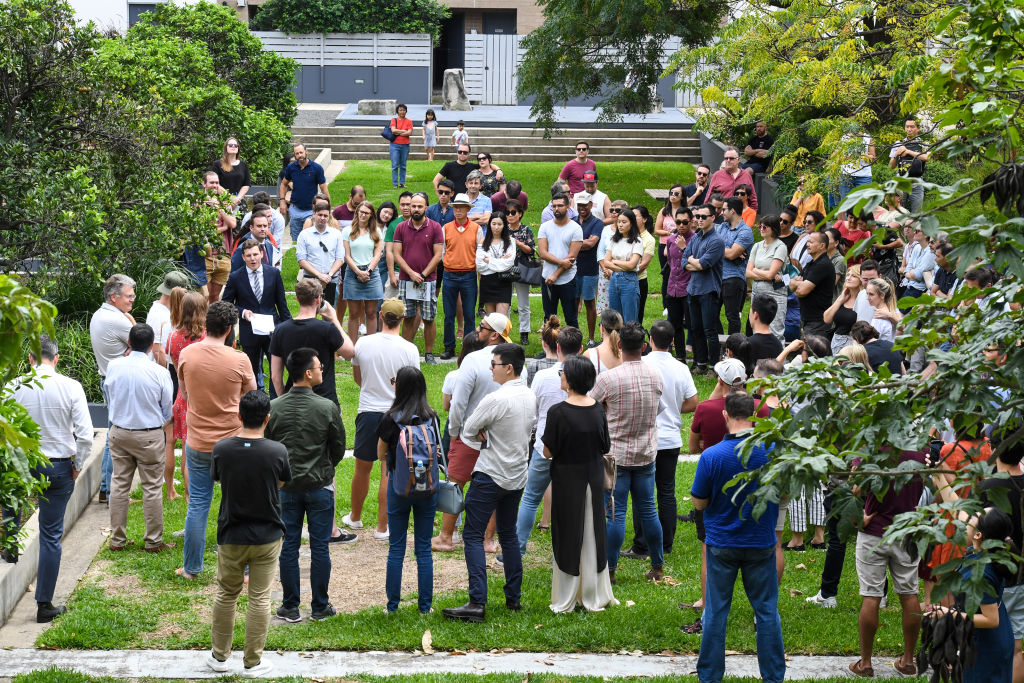
The growth in first-home buyer loans was followed by Queensland and South Australia.
The Sunshine State saw the next biggest jump in first-home buyers with an 8.1 per cent increase over the same period, reaching 5701 new loans.
They made up 32.1 per cent of the state’s owner-occupier market. The average loan reached $361,884, an increase of 3.5 per cent in the last quarter of 2019.
It comes as Brisbane’s median house price rose 1.3 per cent to $577,664 in the same period, Domain data shows.
Meanwhile, more than 1600 SA first-home buyers jumped onto the property ladder – a 7.9 per cent increase in the December quarter.
But they made up just a quarter of the owner-occupier market in the state and the smallest cohort across the country despite being one of the cheaper cities to buy a house.
The average first-home buyer loan size rose 3.6 per cent to $329,621 in South Australia.
The capital city median house price rose 1.3 per cent in the last quarter to $542,947.
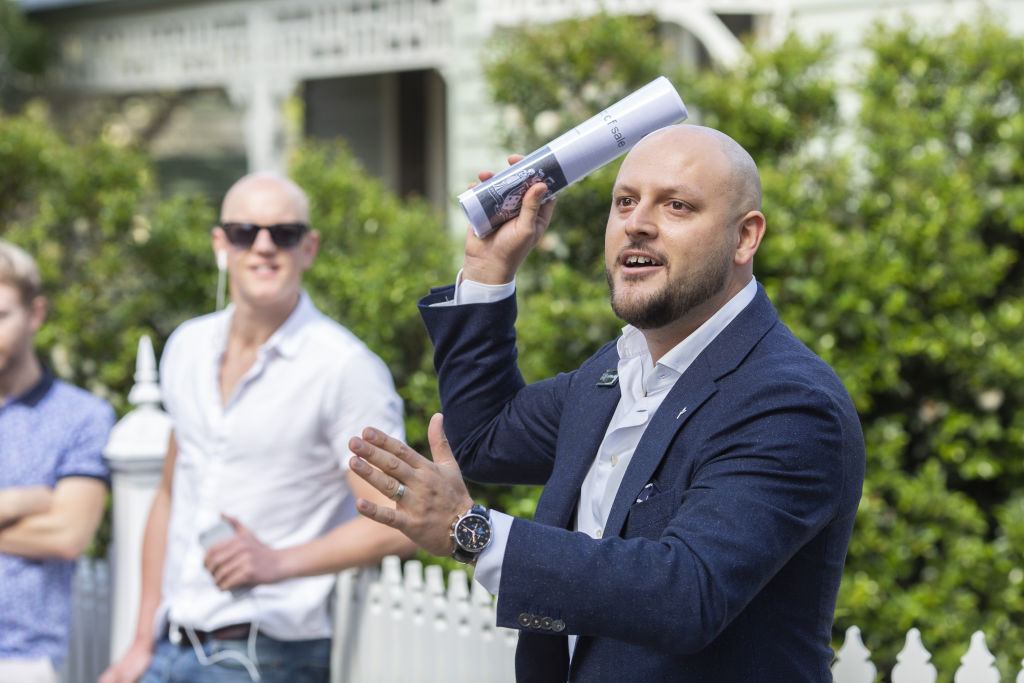
NSW had a 5.6 per cent increase in first-home buyers with 7927 applicants taking up a loan, now making up more than a third (30.2 per cent) of the owner-occupier market.
Their average loan size increased by 3.4 per cent to $489,969, becoming the most expensive state for first-home buyers.
Sydney also holds the title of the most expensive median house price of all capital cities, rising 5.7 per cent in the last three months of 2019 alone to $1,142,212.
WA continued to have the highest percentage of first-home buyers in its local market, making up 43.7 per cent of the owner-occupiers. But it was also the only state that saw a decline in first-home buyer loans, slipping 0.3 per cent to 3580 loan applicants.
Despite Hobart having the cheapest median house price for capital cities, Tasmania had the lowest proportion of first-home buyers. They made up less than a third (29.8 per cent) of the owner-occupier market. The average loan size rose marginally by 0.9 per cent to $290,664.
Real Estate Institute of Australia president Adrian Kelly said Victoria saw the largest increase due to the high number of affordable homes on the market appropriate for first-home buyers.
He said first-home buyers loans declined in WA due to a slower market in general, but there were signs of improvement.
Tasmania continued to have the lowest proportion of first-home buyers because of the lack of properties available, Mr Kelly said.
“The same supply problem which has been evident for some time now: extremely low stock levels in the first-home buyer price range,” he said.
“This is also a major factor for tenants in the lower end [of the rental market], which is why Tasmania is now the most unaffordable state in which to rent a property in terms of percentage of wages required; now 30 per cent.”
We recommend
States
Capital Cities
Capital Cities - Rentals
Popular Areas
Allhomes
More
